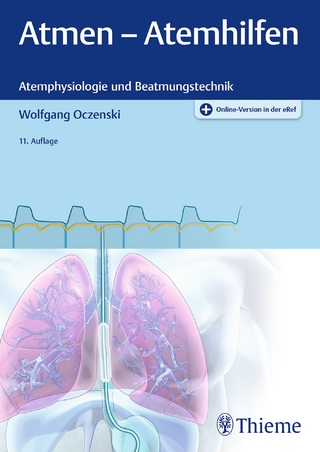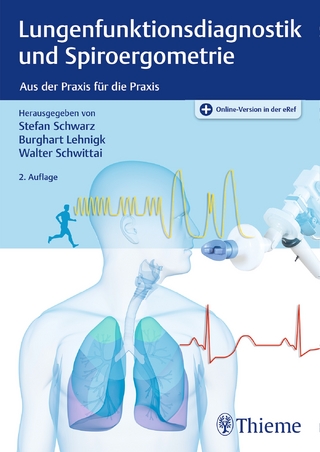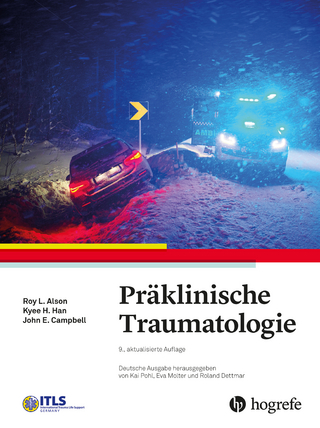
ARDS Acute Respiratory Distress in Adults
Chapman and Hall (Verlag)
978-0-412-56910-4 (ISBN)
Part 1 Introduction and overview: introduction and definition; epidemiology; spectrum of disease; diffuse alveolar damage. Part 2 Basic mechanisms: mechanisms of resolution of lung inflammation; complement, endotoxin and acute lung injury; cytokines and lung injury; mechanisms of neutrophil mediated injury; adhesion molecules; proteinases; reactive oxygen species, antioxidant protection and lung injury; epithelial injury and repair; mechanisms of scarring; secondary infections in acute lung injury. Part 3 Physiology: pulmonary physiology of acute lung injury; surfactant system in lung injury; pulmonary vascular control mechanisms; systemic manifestations; tissue oxygenation; critical role of the alveolar epithelial barrier. Part 4 Clinical management: imaging the injured lung; severity scoring; a pressure targeted approach to ventilating; high frequency techniques of oxygenation; extracorporeal membrane oxygenation; intravascular gas exchange; clinical trial issues. Part 5 Thrapeutic interventions: fluid balance and renal function; inhaled nitric oxide therapy; prospects for pharmacotherapy.
| Erscheint lt. Verlag | 4.9.1998 |
|---|---|
| Zusatzinfo | 146 Illustrations, black and white; XVIII, 544 p. 146 illus. |
| Verlagsort | London |
| Sprache | englisch |
| Maße | 189 x 246 mm |
| Themenwelt | Medizinische Fachgebiete ► Innere Medizin ► Pneumologie |
| Medizin / Pharmazie ► Medizinische Fachgebiete ► Intensivmedizin | |
| ISBN-10 | 0-412-56910-8 / 0412569108 |
| ISBN-13 | 978-0-412-56910-4 / 9780412569104 |
| Zustand | Neuware |
| Haben Sie eine Frage zum Produkt? |
aus dem Bereich


